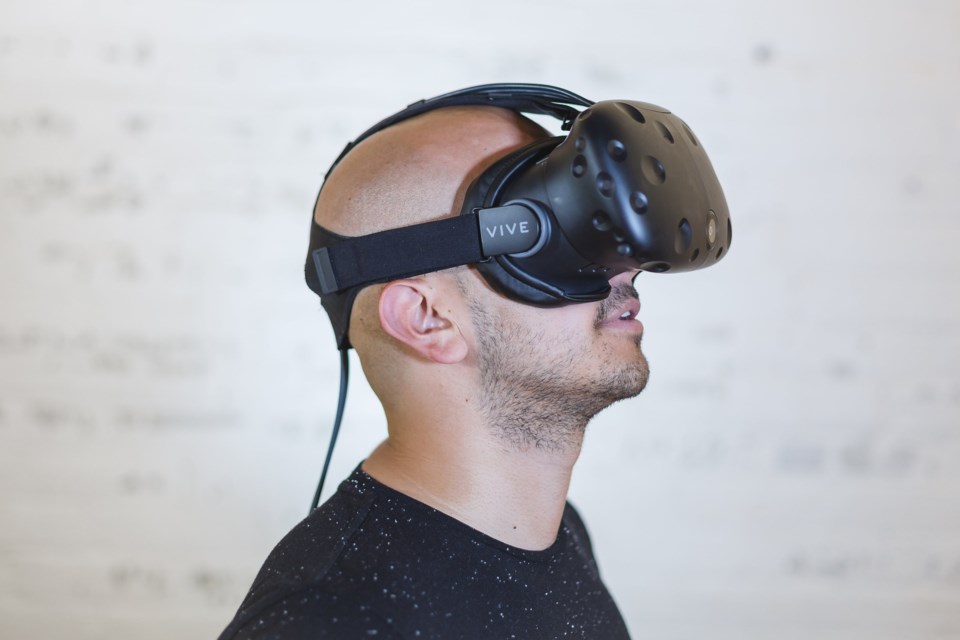Virtual reality isn’t just a wonderful way to play a game or experience an exotic locale – it can be great way to boost your marketing efforts.
You may not put virtual reality (VR) and marketing together immediately, but, they are in fact, a wonderful combination. Why is this? VR and augmented reality (AR) apps are becoming cheaper to create and more widely available to consumers through products like Google Cardboard.
VR has gone through a lot of growth in the last few years. VR hardware and software is getting cheaper to develop and consumers are more willing use the technology than ever before. By some estimates, the VR market could be worth $40 billion by 2020. There’s already tremendous growth this year. Statista projects that the market’s worth will double from last year’s figure of $6 billion.
The emergence of related technologies such as AR and mixed reality (MR) have furthered VR’s growth, too. Apps like Pokemon Go have allowed consumers, who may not necessarily be early adopters of technology, a sneak peek of what it can do. Now, more than ever, software engineers, VR developers and entrepreneurs have the opportunity to tap into the growing VR market.
How can you use technologies like VR to attract more customers? You don’t need to be a software development firm to use VR to your advantage. In fact, you don’t need to be very tech-literate at all. You simply need to be open to using the technology, conversant with study case studies of successful implementation, and ready to experiment.
Let’s first look at some of the innovative uses of VR, outside of entertainment. Some of the best examples of innovative uses of VR can be seen in storytelling and journalism. The example of the VR app created and curated by the New York Times is probably the best example of attracting new readers through the new technologies.
The Times debuted its VR platform, NYT VR, to tell its stories in entirely new ways. Instead of simply reading an excerpt about Ethiopia's shifting landscape, The National’s newest tour, or the journey of a deaf music scholar, you can experience it yourself through their VR app. The result is a deeply engaging experience that elicits visceral reactions from viewers. This was an ingenious way for the Times to reinvigorate its brand, redefine how we interact with news stories and push the boundaries of journalism.
Other companieshave created AR apps that allow customers to interact with their products in wholly new ways. Apps by Ikea and Wayfair allow customers to preview products by looking at virtual furniture in their own homes. Similarly, a Sephora app lets users test makeup products virtually through the use of AR. In all of these apps, customers are able to connect and interact with these companies in entirely new ways.
Even if your company doesn’t have the budget to create its own AR or VR app, you may want to consider integrating these technologies when interacting with customers. If you are a design company, for example, you might want to use a popular AR app like Surreal, which allows you to place 3D objects in designated spaces, when interacting with potential customers.
Though experimenting with VR can be expensive, it could help you attract more customers to your company. While it may seem intimidating at first, it’s important to keep in mind that your marketing campaigns really can be enhanced through the use of VR. Be open to using the technology, and study the success stories of companies that have embraced VR and AR. With a bit of research, some experimentation and a great deal of determination, you could integrate VR into your business as well.
Paul Sciglar (twitter.com/PaulSciglar) is a columnist interested in international policies and economic affairs. He is a Certified Accountant with broad experience in strategic analysis, financial planning and analysis, investment banking, and investment management.



